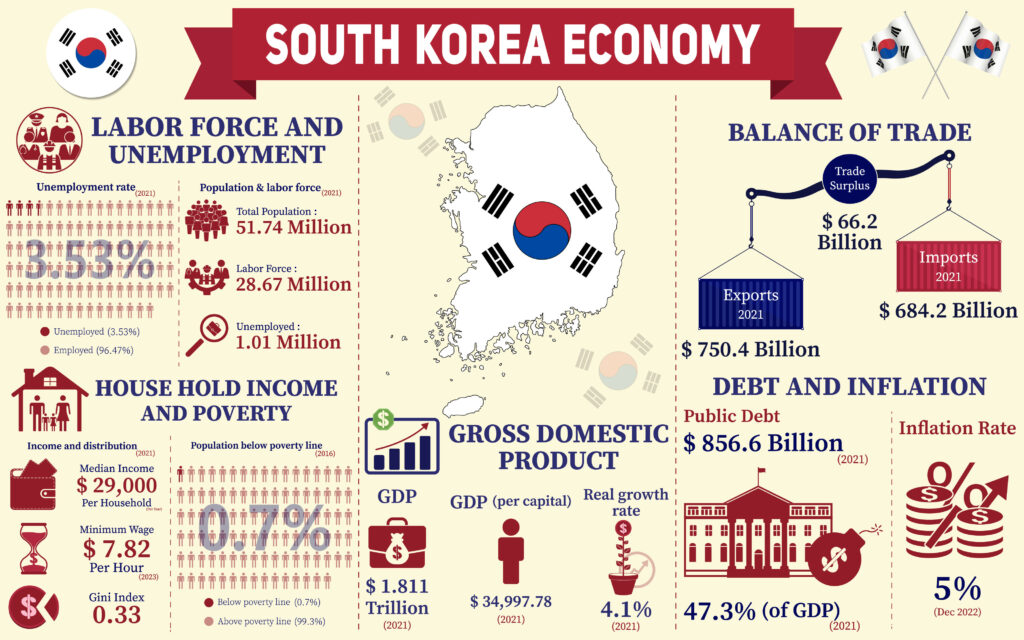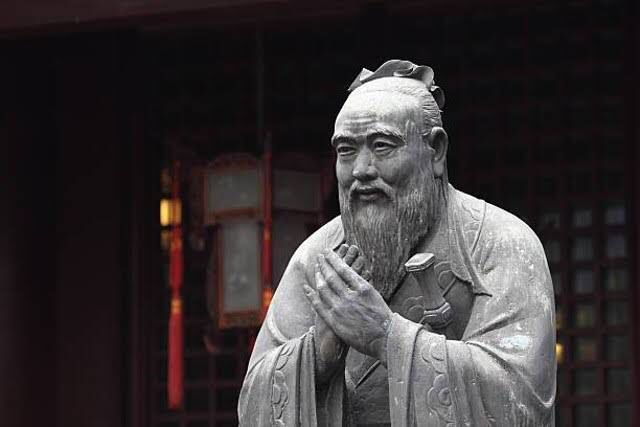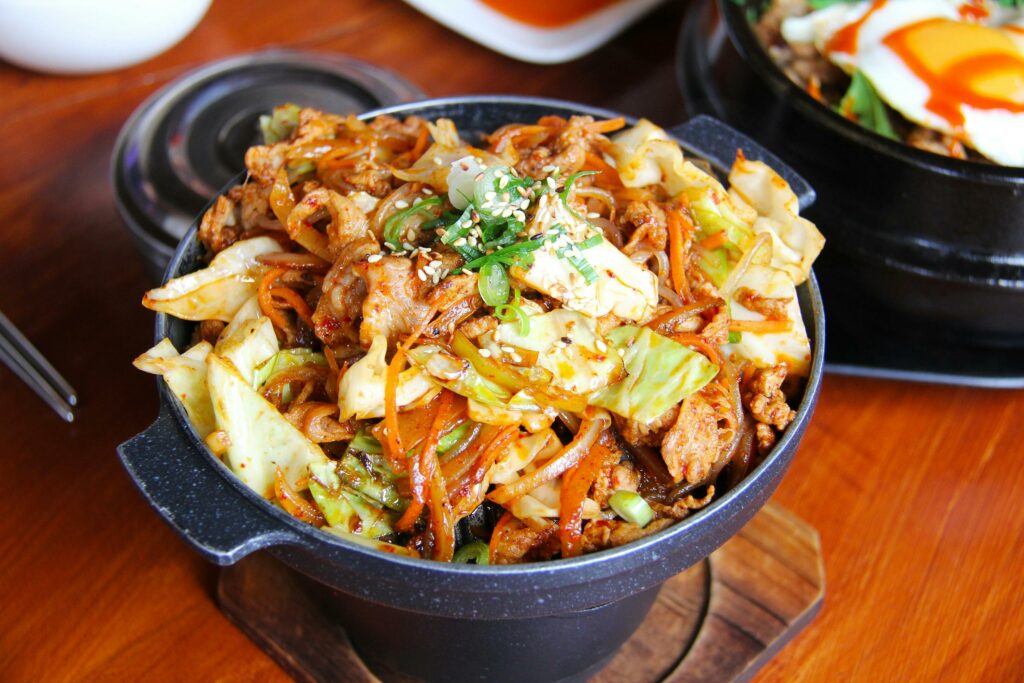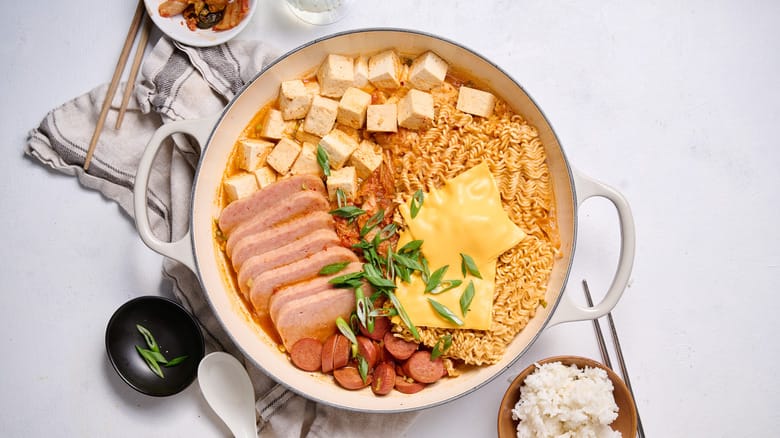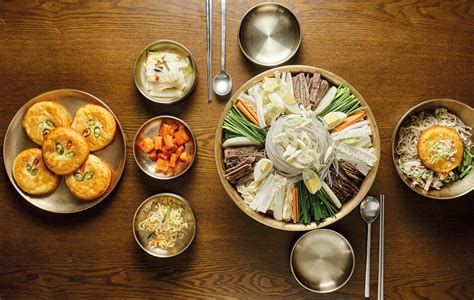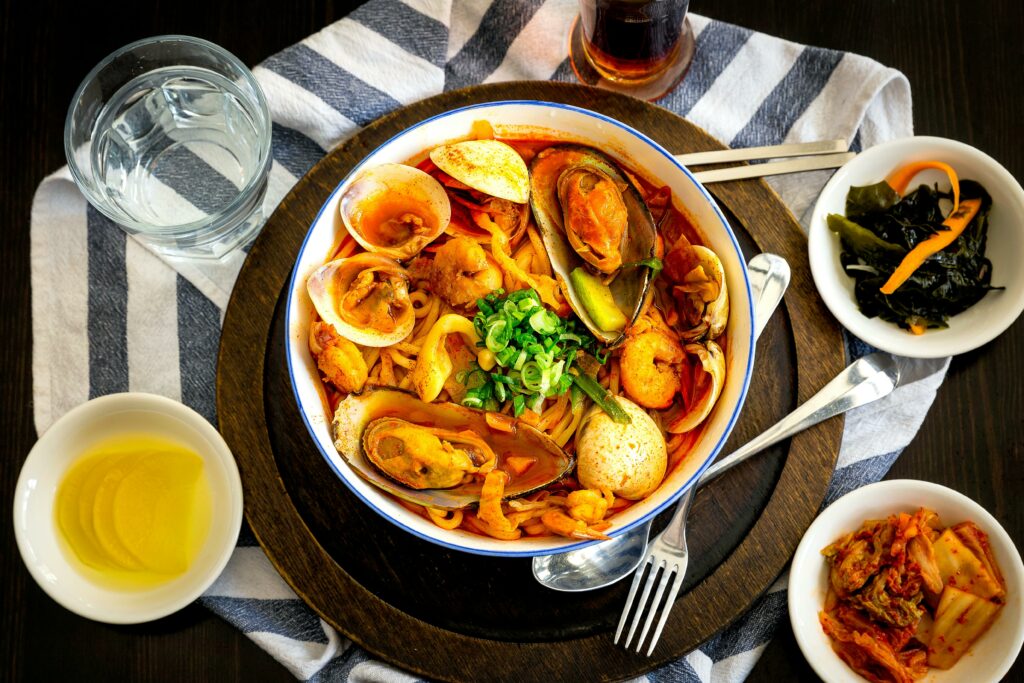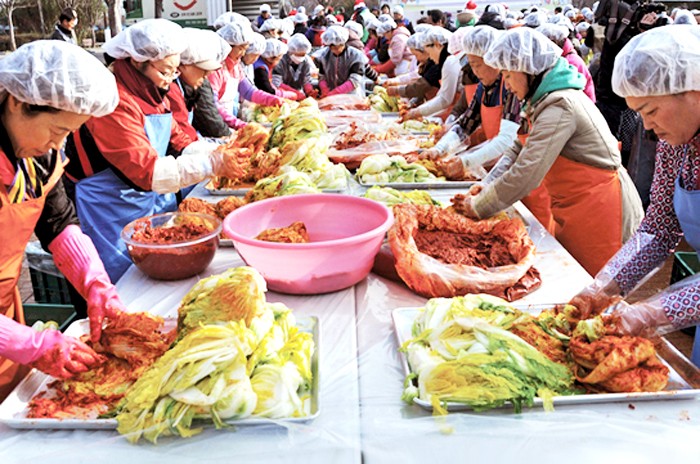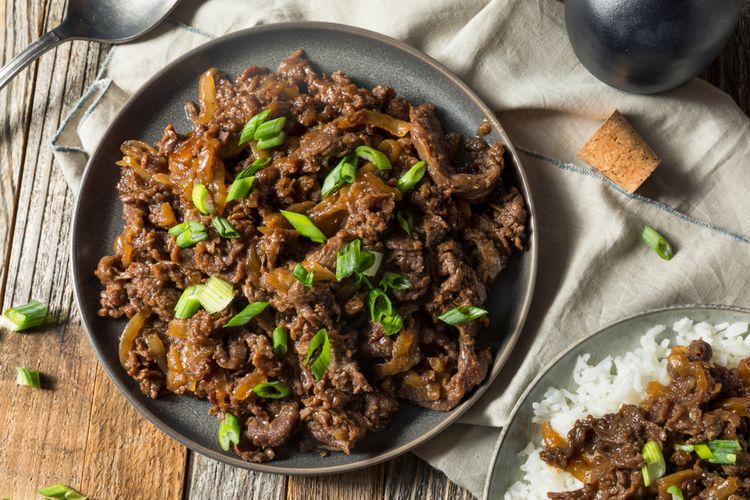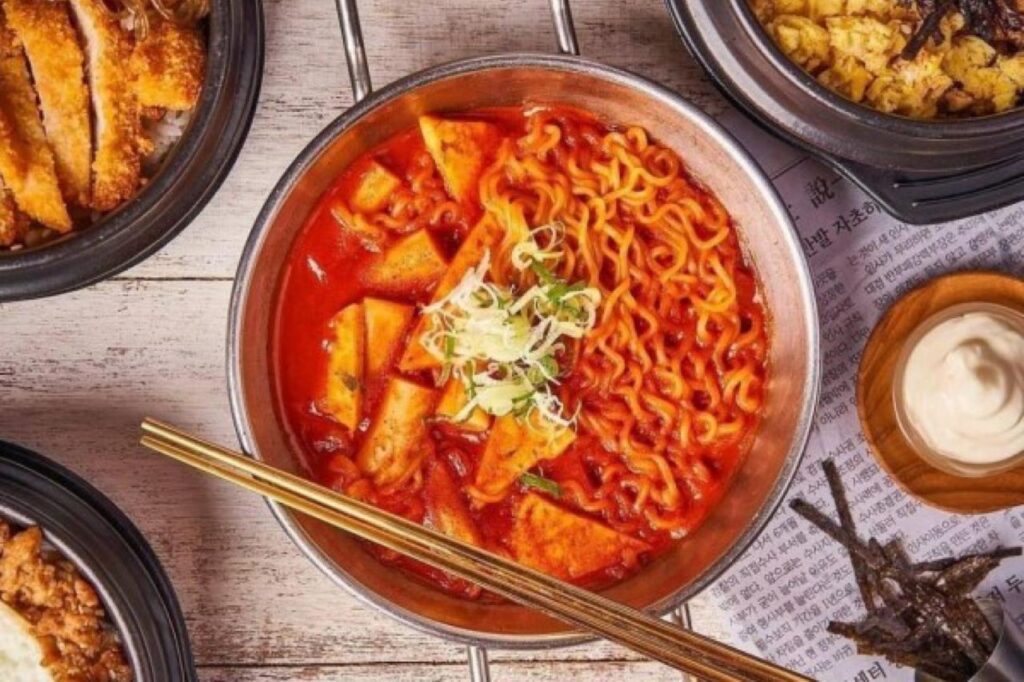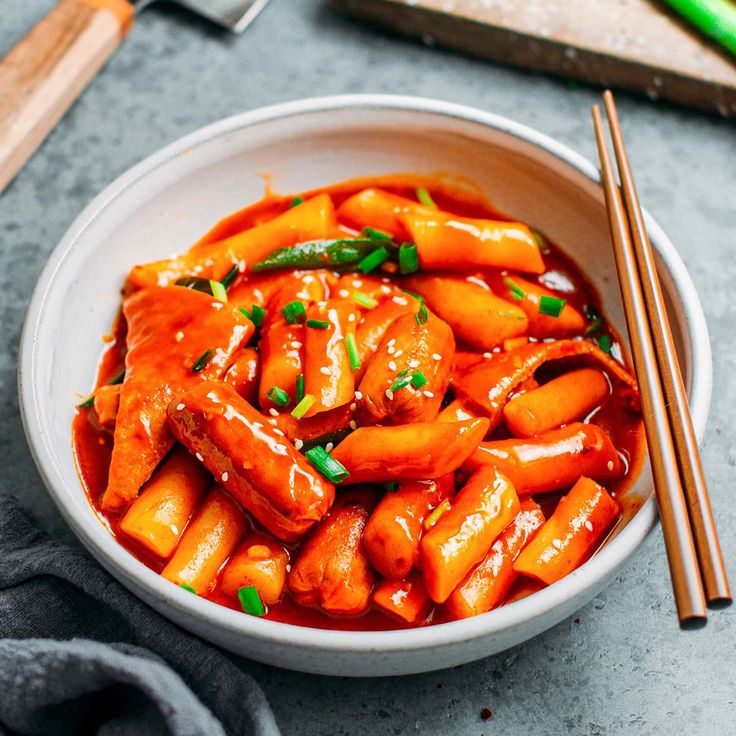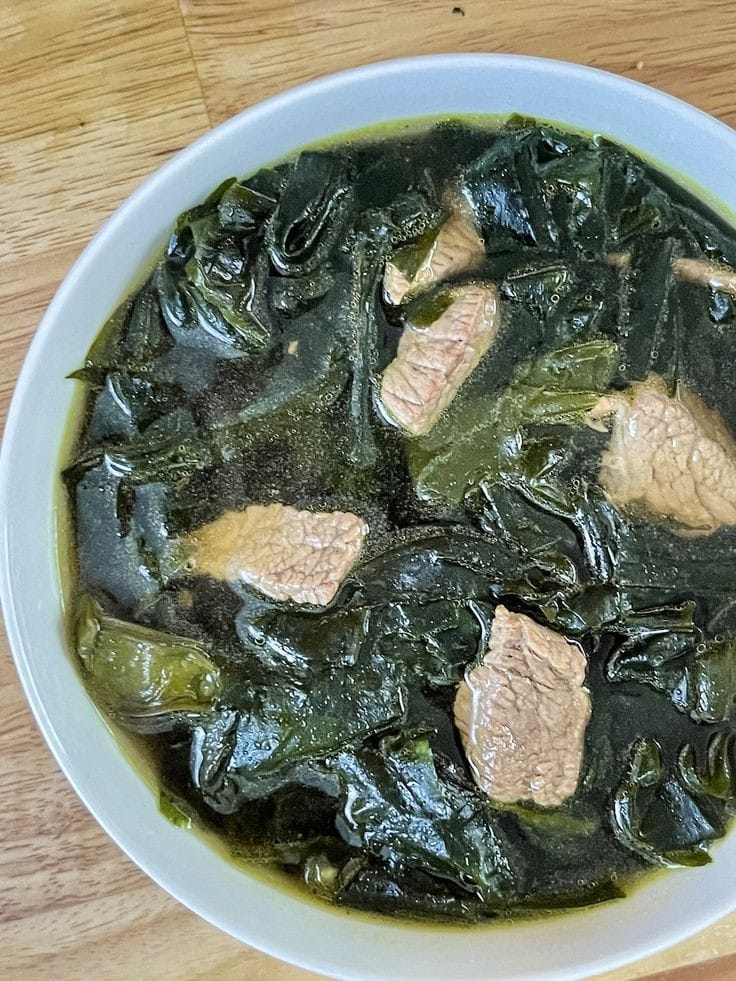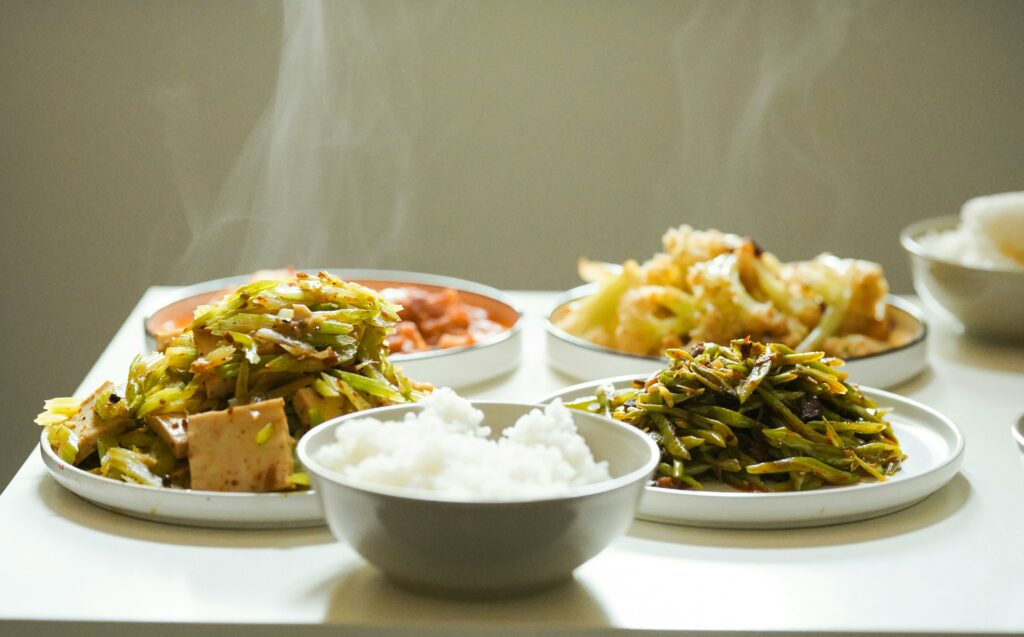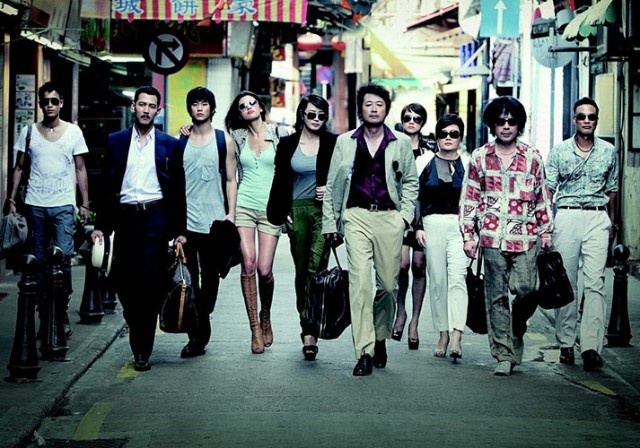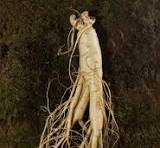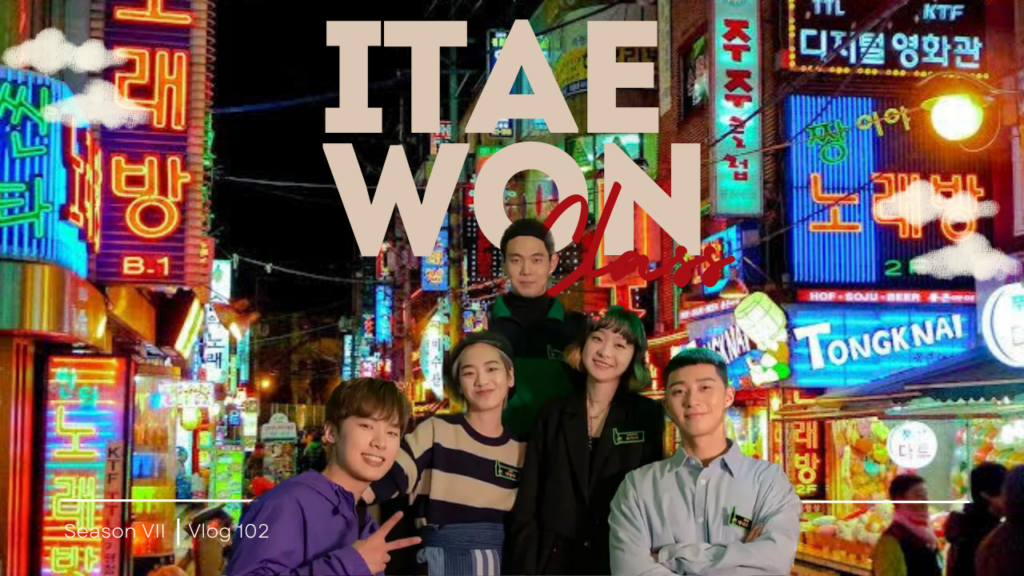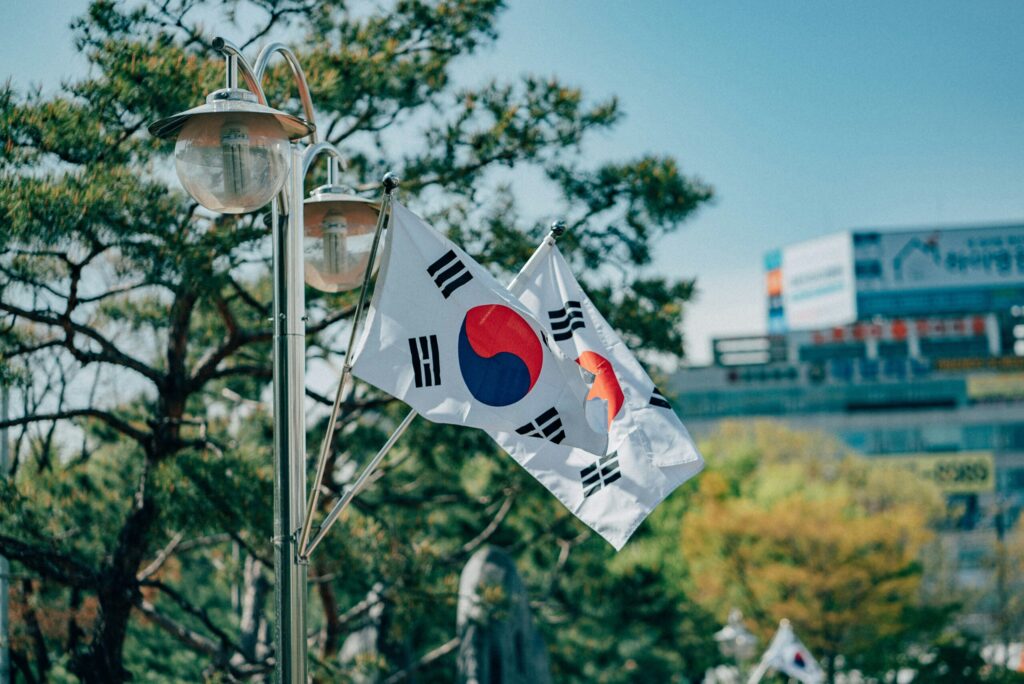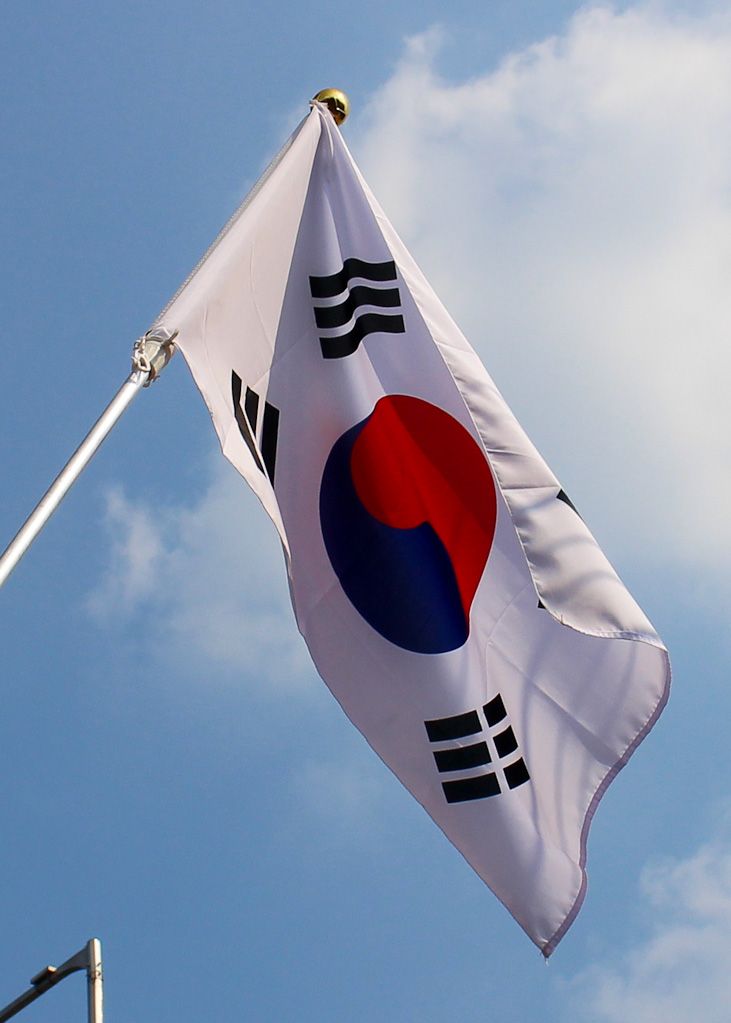Banchan, the world’s most special Korean side dish
When you go to a Korean restaurant, you’re sure to be served with these dishes for free! However, have you ever been curious and interested in these dishes?
It has become a general secret that South Koreans generally eat rice as a daily dish, not just rice, but other commonly found dishes, such as soups, seafood, or meat as a main dish and banchan as a side dish. Then, what exactly is banchan?
Banchan is a South Korean side dish served in small plates to accompany the main dish. Banchan is usually served in small portions to be exhausted in one meal, given that banchan are a side dish that is mostly vegetable-based and cannot last at room temperature. In fact, as it is inherent in the culinary culture of South Korea, banchan are not only commonly found in restaurants or markets, but also in every refrigerator in residents’ homes. No wonder there are more than three kinds of banchan in the refrigerator.

Korean side dish or banchan is believed to be an influence of Buddhist teachings in the era of the Samguk kingdoms, around 57 BC to 689 AD. At that time, there was a ban on eating meat-containing dishes that made society in those days begin to develop vegetable-based dishes. Finally, the general kitchen began to develop a variety of methods for cooking, preparing, and feeding vegetables. Banchan was originally an alternative dish for citizens because it was not possible to eat meat-containing dishes that developed into dishes present at death memorial or jesa. From that point on, banchan are no longer just an alternative dish, but also one of South Korean culinary diversity.
In ancient times, people used fermentation techniques to process banchan so that the side dish could last longer, because vegetables are very easy to rot when not properly stored, moreover Korea is a region with four seasons that are not uncommon to experience extreme weather. To enrich the flavour, banchan is generally fermented along with gochujang or red pepper sauce. In addition to using gochujang, Banchan is also often processed using products based on soybeans, herbal plants, and sesame oil.
Not only the times, but the banchan also evolved over time. It is believed to this day there are hundreds of types of banchan available and can be by the community. One of the most famous types of banchan is kimchi, which is a vegetable (usually using cabbage) that is fermented using gochujang and salt. Kimchi itself also has a variety of varieties, ranging from vegetable selection to spices used for fermentation, such as geotjeori (the most common kimchi found, using a very crisp and very crunchy cabbag), kkakdugi (kimchi white radish chopped dice with a gochujang spice), and pa-kimchi (kimchi onion leaves, have a spicy flavor, with mucholchi-jeot or salted anchovies spice).
In addition to kimchi, there are other types of banchan that can be found, such as namul (vegetables that are steamed, marinated, or sautéed with sesame oil, vinegar, salt, garlic, green onions, chili powder, or soy sauce), bokkeum (a dish cooked with sauce), jorim (a dish steamed with broth, such as tofu and beef), jjim (a steamed dish), jeon (a dish fried on a pan, similar to pancakes), danmuji (radishes fermented using gardenia fruits) japchae (rice noodle sautéed with various vegetables), and many more.
Banchan, which has now become part of South Korean culinary culture, has also been adapted by various Korean restaurants around the world. Serving banchan with other typical South Korean dishes is a step to maintain the authenticity and culture of South Korea. Banchan, which is now popular with people around the world, has a unique taste. The combination of fresh, sour, sweet, and salty flavors, is enough to remind us of life. Isn’t that what it is?
Source: Pinterest


 Indonesia
Indonesia 